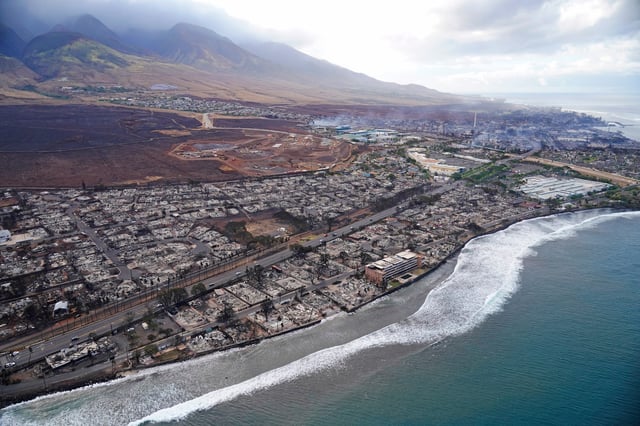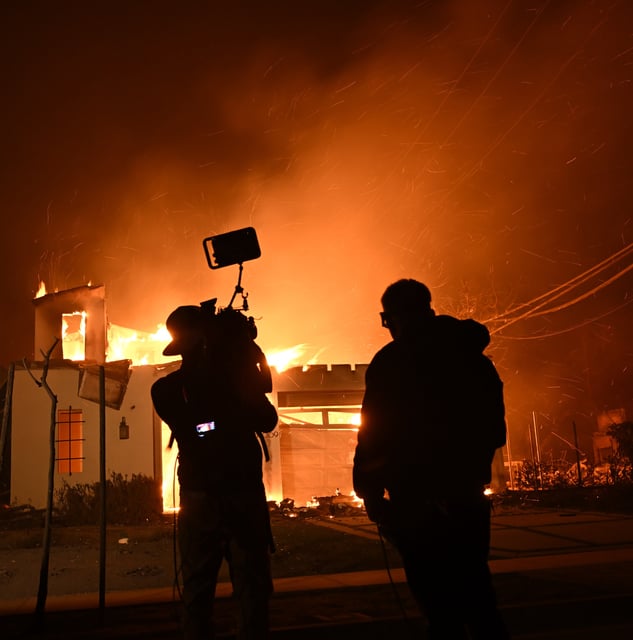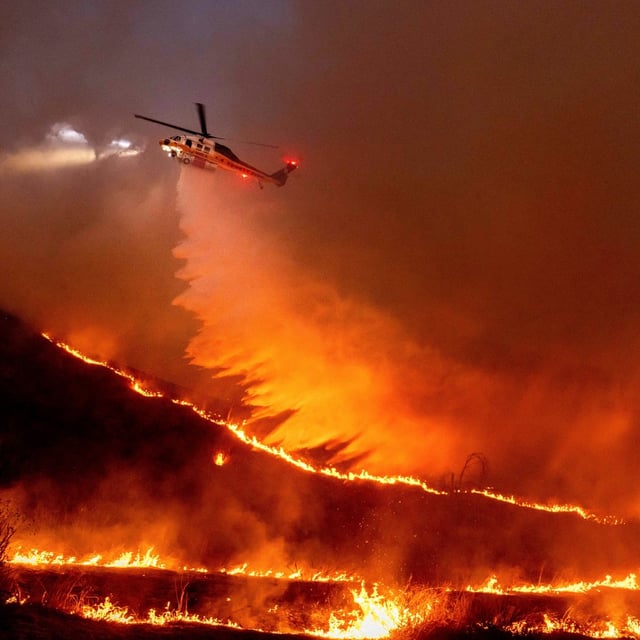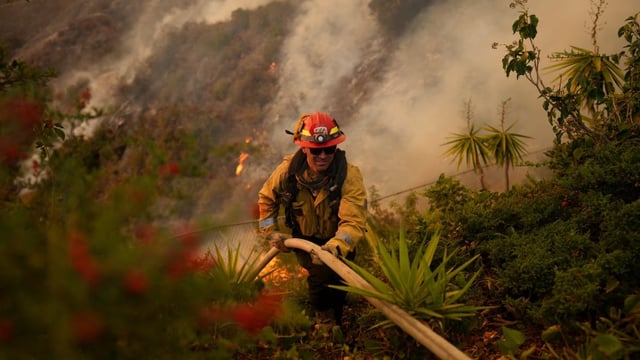Overview
- Published in Science, the analysis identifies the 200 most damaging wildfires from 1980–2023 using Munich Re reinsurance data and EM‑DAT, measuring economic losses relative to national GDP alongside fatalities.
- The frequency of these societally disastrous events has risen about 4.4 times since the 1980s, with a sharp uptick around 2015; 43% of the top 200 occurred in the past decade, and half of $1 billion–plus fires happened in that span.
- Fires that kill at least 10 people have roughly tripled, illustrated by tragedies such as Paradise (2018) and Lahaina (2023), with the 2025 Los Angeles wildfire cited in coverage though it fell outside the study period.
- The study finds worsening fire weather as the dominant driver, with added impact from more people and assets in the wildland‑urban interface, land‑use change, and decades of fuel buildup, despite rising suppression spending.
- Risk concentrates in recurring geographic bullseyes including the western United States, western Canada, and Mediterranean Europe, and the authors urge targeted adaptation even as the proprietary nature of key insurance data limits public access to detailed risk information.



